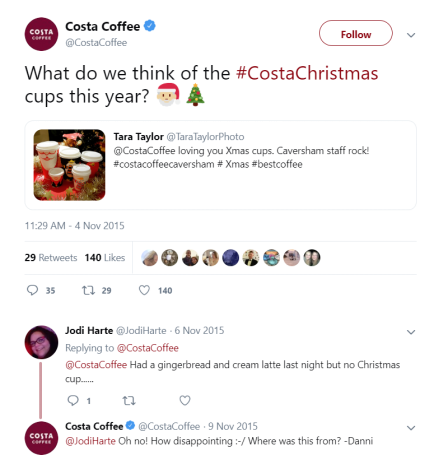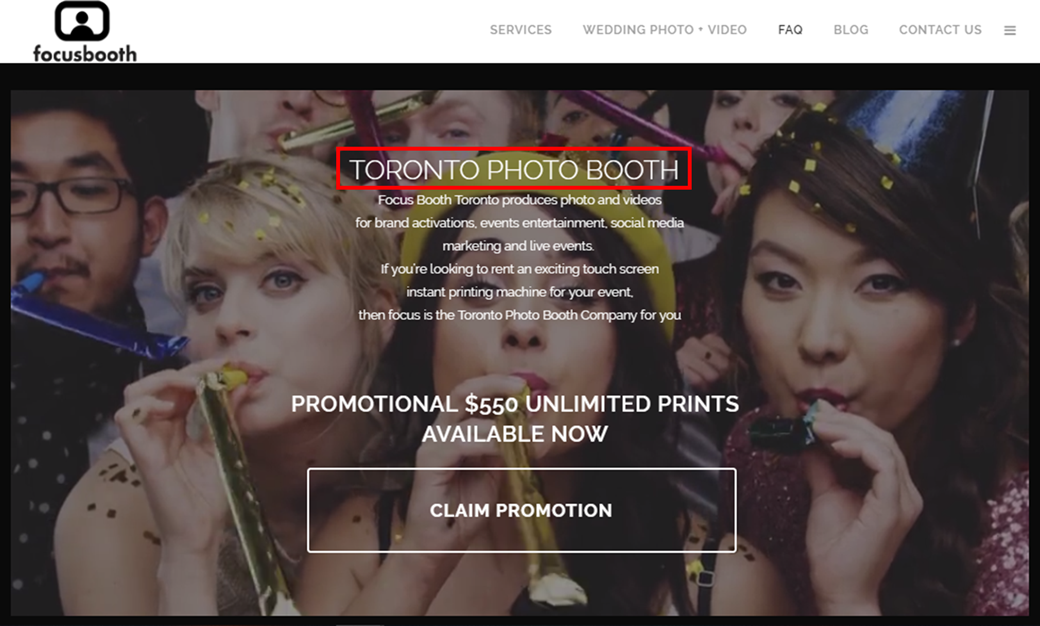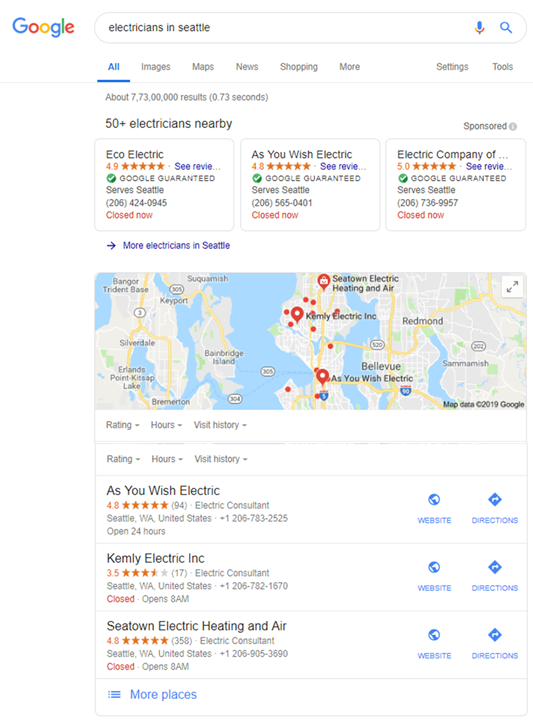
Understanding how search engines rank websites and applying simple nontechnical SEO strategies will lead to increased traffic from qualified customers.
Search engine optimization (SEO) is a technique used to assure that customers searching for a product or service can easily find a company’s website on search engines such as Google. Just as a physical location is essential for brick-and-mortar stores, search engine rankings are essential in driving walk-in traffic to a website.
How potential or qualified customers find websites for a product or service
1. Direct traffic
A user finds a website by typing the web address directly into a browser or by clicking on a bookmark or an email link. These are typically customers that are familiar with the company and are maybe repeat visitors.
2. Referrals
Users are directed to websites by clicking on a link from another website. For example, linking from a Facebook page to a corporate website would produce referral traffic. Ideally, referrals will be qualified customers possessing a desire to buy products from the website they are referred to.
3. Search engines
Analyze web content and create a ranking of websites that most likely will correspond to keywords that a customer uses to search for information. For example, typing the keywords “search engine optimization” in a Google search will provide a list of websites that provide information or services dealing with SEO.
Generally, a company has more control over direct or referral traffic than over search engine traffic. In addition, direct and referral traffic is influenced more by an organization’s offline marketing. SEO seeks to provide a strategy for improving a website ranking resulting in increased traffic to that website.
Two types of search engine results that appear
1. Pay per click (PPC)
These results are usually prominently displayed on top or on the side of the search results. To attain these listings, companies enroll in services like Google Adwords to budget resources into certain keywords and pay a fee whenever a customer clicks on the link. A well-orchestrated PPC campaign is the quickest way to drive qualified traffic to a website.
2. Organic or natural results
These are the rank-ordered results provided below the PPC results. These results are attained on the merits of the website and are not purchased. However, since most customers will not look at several pages of search results, a high organic placement, preferably in the top three positions, is necessary to succeed in driving qualified traffic to a website.
How search engines rank websites
The criteria used to rank websites in search results vary by the search engine (Google, Yahoo, Bing, and the others) which are constantly evolving. Although these criteria are not publicized, general strategies applied consistently over time will increase website rankings. Despite promises offered by some SEO companies, attaining a high search engine ranking will not happen overnight.
Although the exact formulas are not widely publicized, search engines provide high ranks to websites that are relevant, important, trustworthy, authoritative, and popular. Any strategy that seeks to increase these five criteria, will ultimately improve your search engine optimization.
Five non-technical strategies for SEO
1. Improve relevance by writing better web copy
Writing better web copy that focuses on how a product meets customer needs will help to improve your search engine rankings. In addressing the needs of the customer, web copy will naturally be filled with rich keywords. Avoid writing copy specifically designed to increase web rankings. Ultimately a website needs to be written for customers and not web rankings.
2. Improve by increasing the number and quality of inbound links
Search engines look at both the number and the quality of those links when determining rankings. By registering with web directories like DMOZ or getting referral traffic from high traffic sites like Wikipedia, websites can improve site visibility and perceived importance. Companies can increase links to their site by regularly providing new and entertaining content. Providing content including videos, games, and other interactive features that people want to share with their friends is a great way to encourage other websites to link to yours.
3. Become trustworthy by being ethical
Questionable tactics like providing pages with long lists of keywords and little usable content will eventually lead to penalties by search engines. Encouraging trust among customers, just like in brick-and-mortar business, is important in increasing sales and search engine ranking. Provide customers with a contact page and give them the opportunity to comment on products and services received.
4. Become an authority by networking
Develop a reputation as an authority with a product or service by using networking sites such as LinkedIn or by creating blogs and topic relevant articles or whitepapers. Over time customers will begin to associate the company with being an expert on the products and services it offers. Not only will this perceived authority increase traffic to the website, but it will also ultimately increase search rankings.
5. Increase popularity by encouraging repeat visitors
Marketing is a long-term proposition aimed at meeting and satisfying customer need. Satisfying customer need will encourage repeat visitors and repeat visitors will increase traffic. By providing relevant, interactive content that is demanded by customers, the website will become more popular and ranking will increase over time.
When using nontechnical techniques, sound marketing principles will ultimately lead to increased web rankings. If you’re looking for technical SEO strategies you can use Google Webmaster Tools.
Got any strategies you would like to talk about? Share them in the comments.
Related reading
Companies rely on “reputation”, followers, and engagement. Social Chain opened marketers’ eyes to the murky world of follower deception.
The importance of online reviews is undeniable. Let’s talk about a few big ones in making online reviews one of the strongest weapons in your SEO arsenal.
This is something I’ve been mulling over for a while. I threw the question out to SEO Twitter, and was surprised and impressed by the volume of responses.



























 Source: Focus Booth
Source: Focus Booth Source: Google
Source: Google








